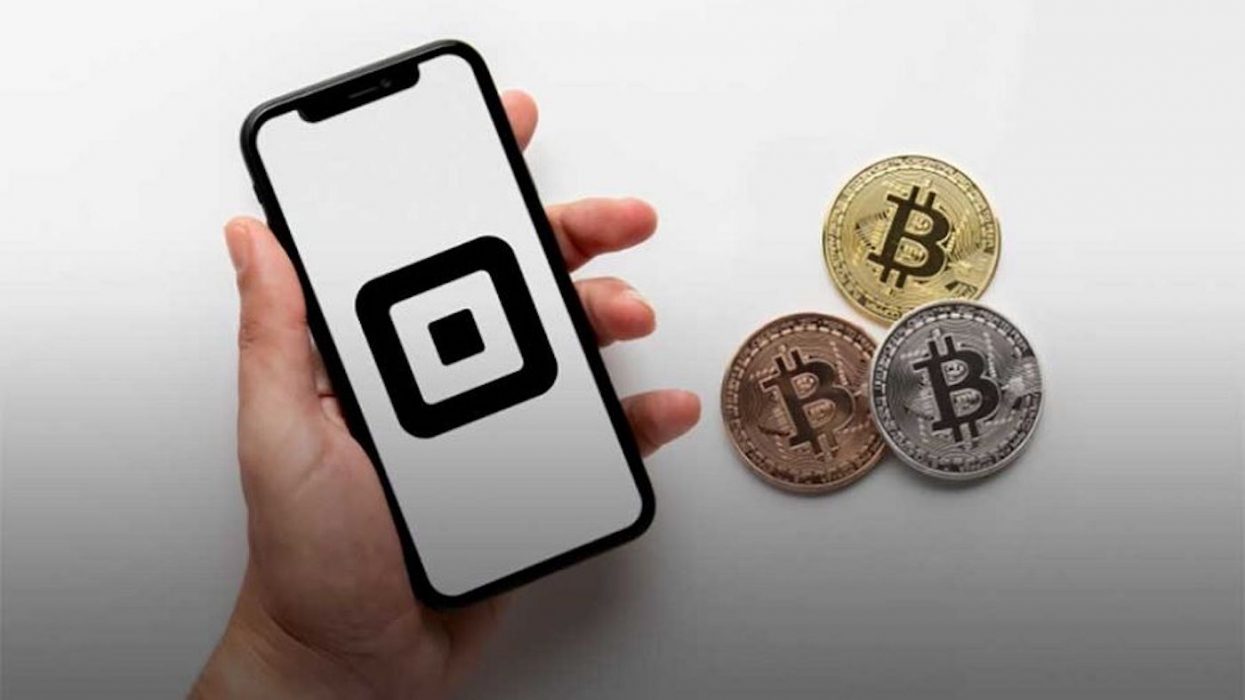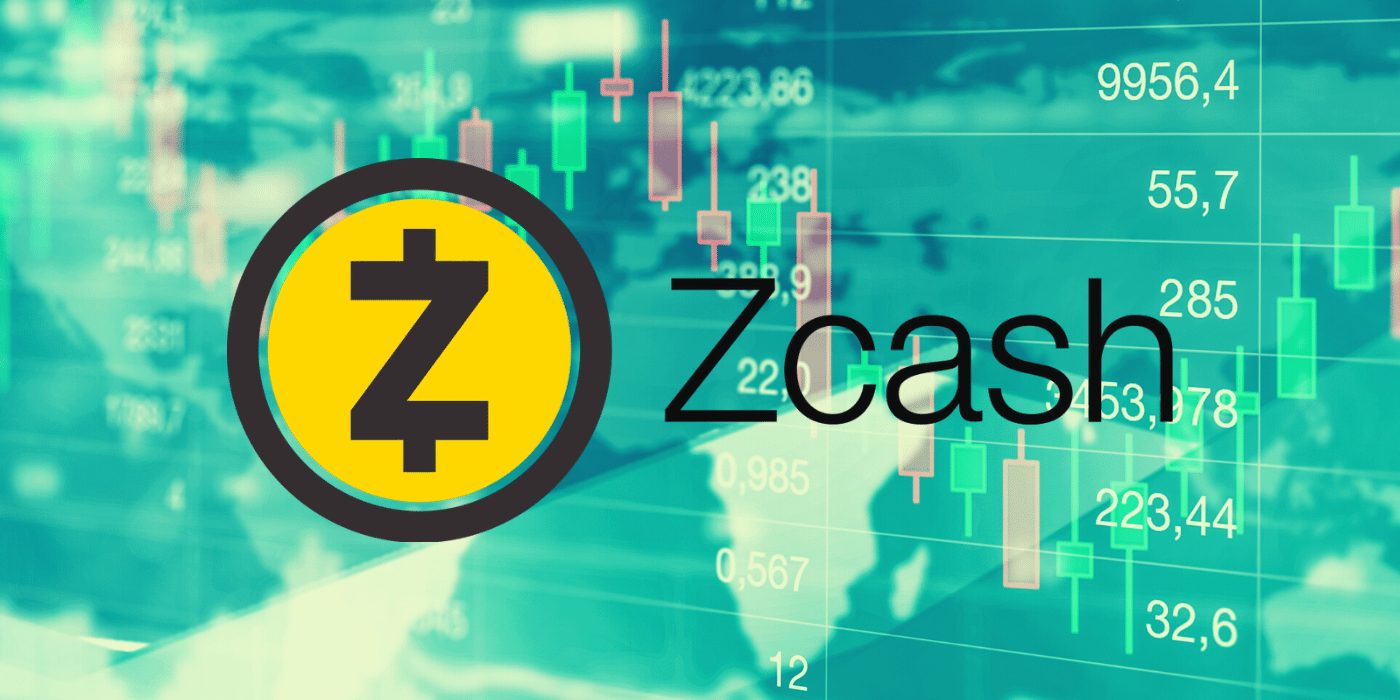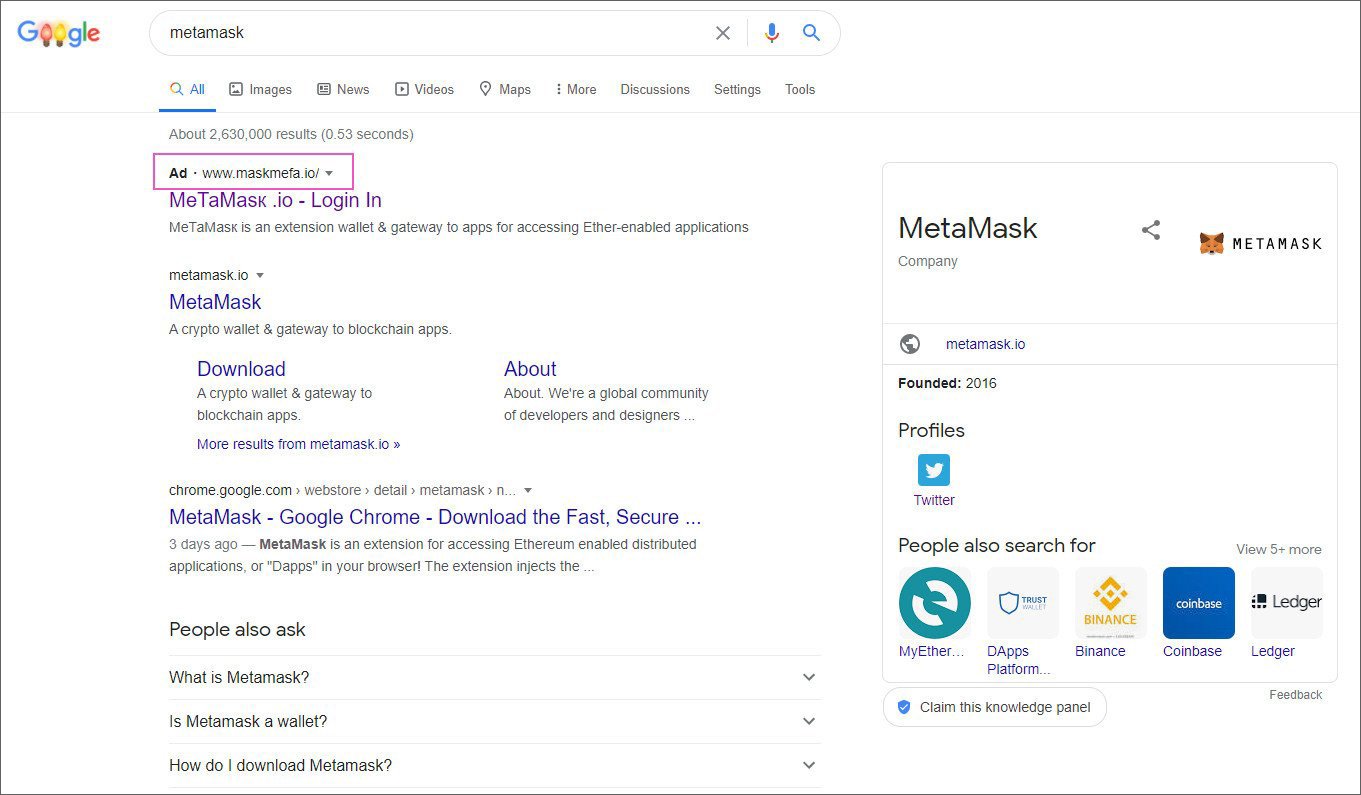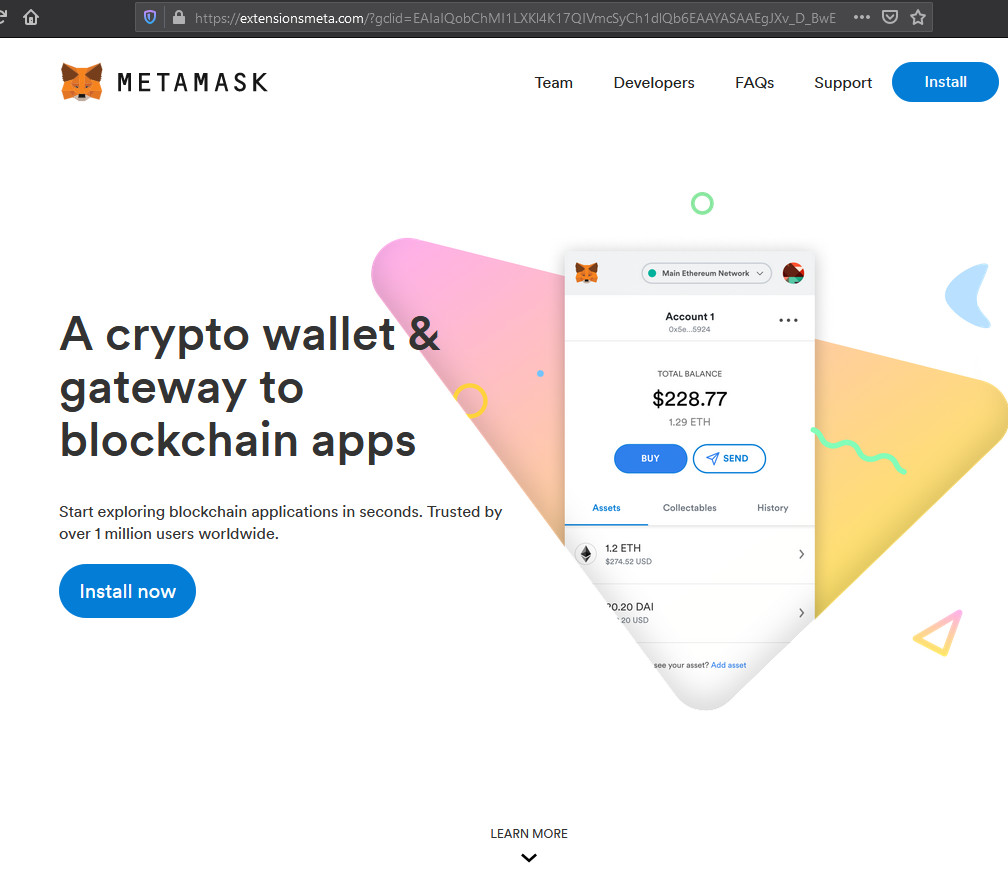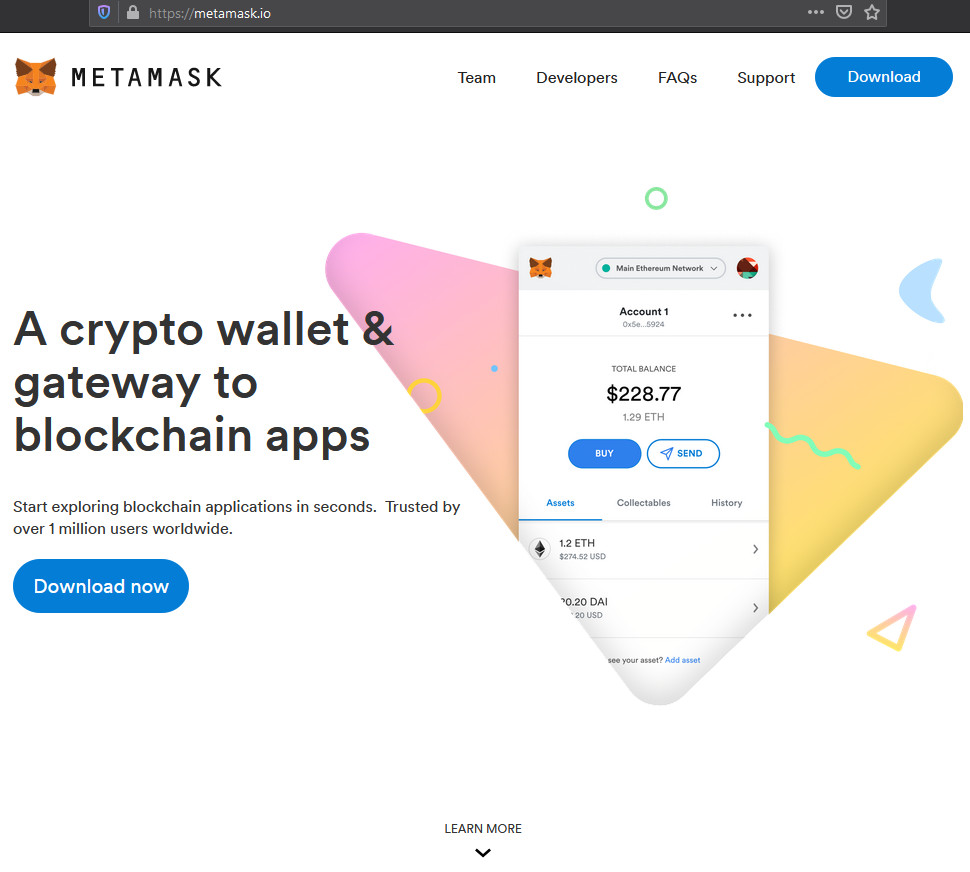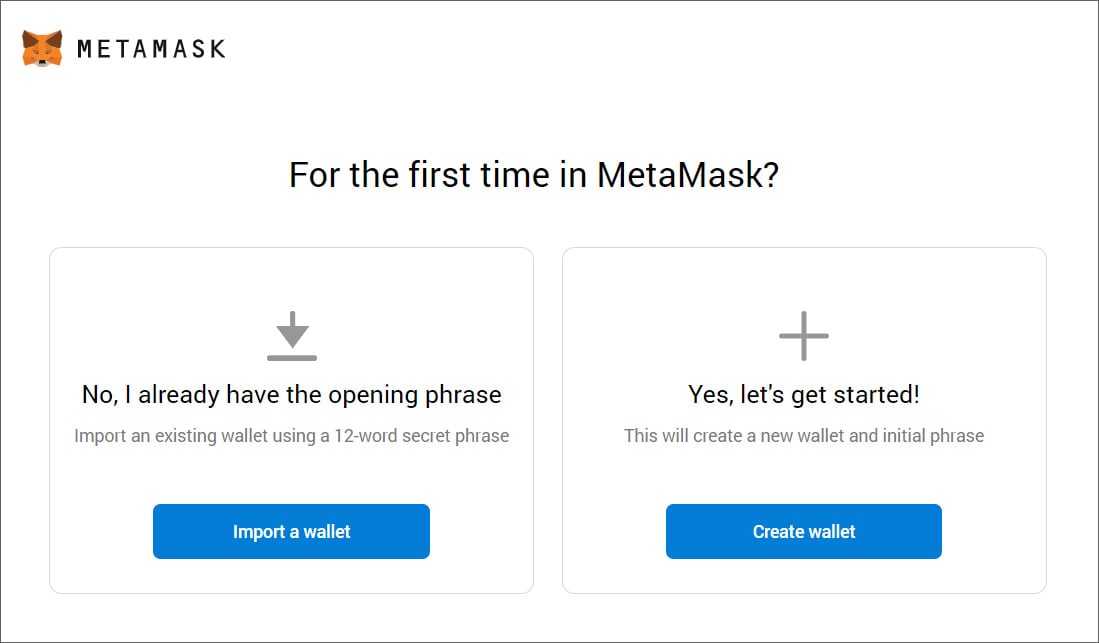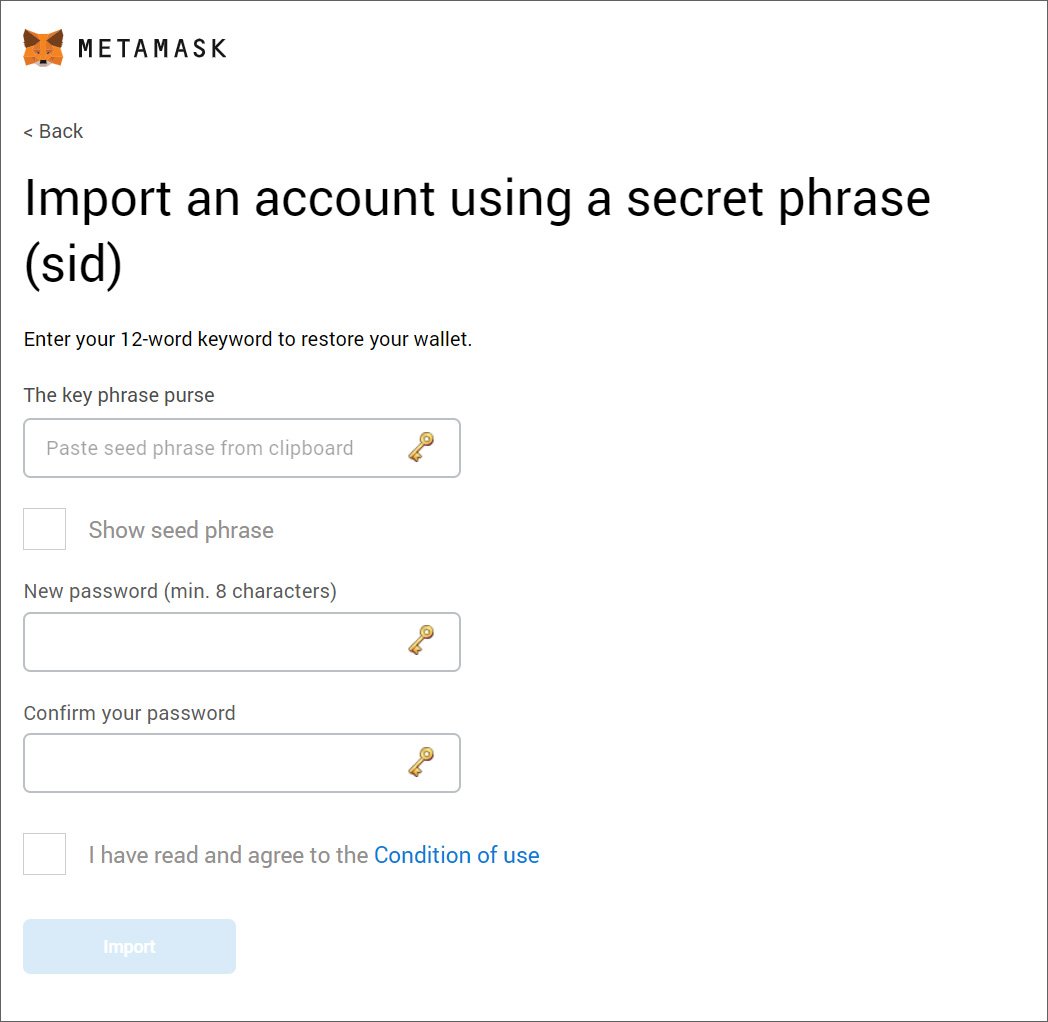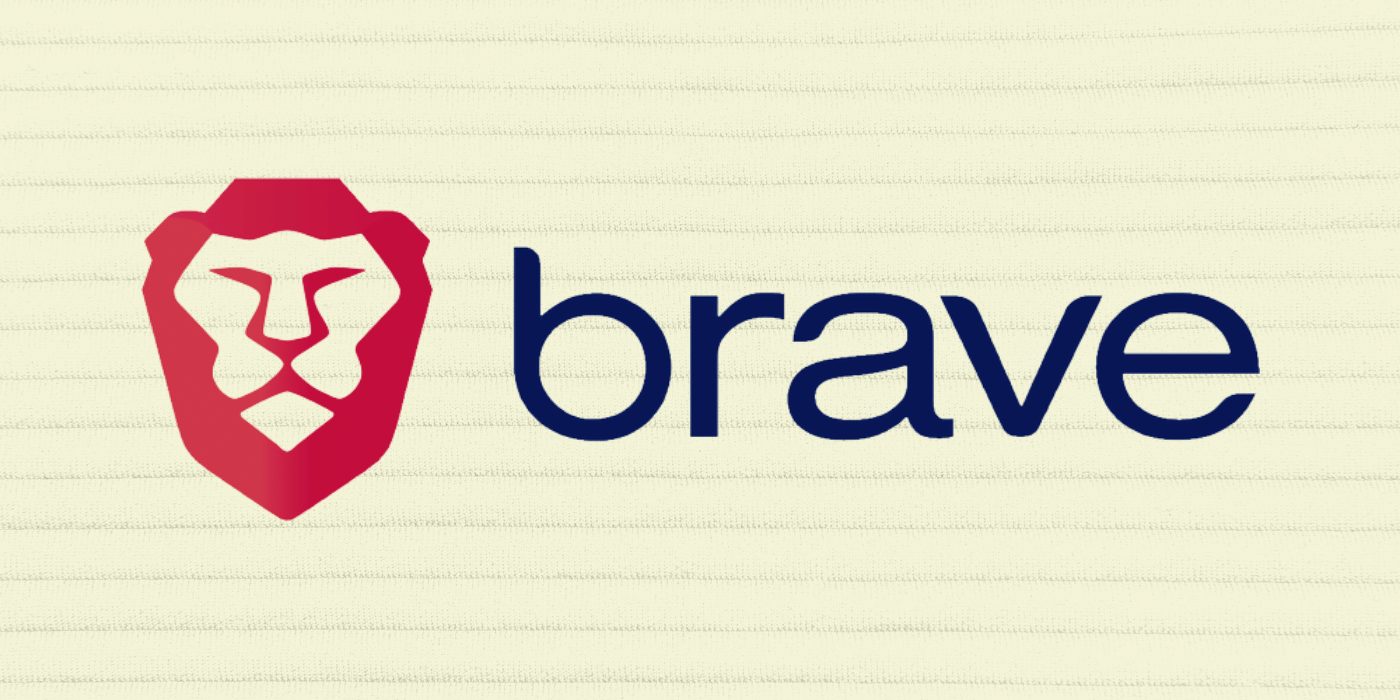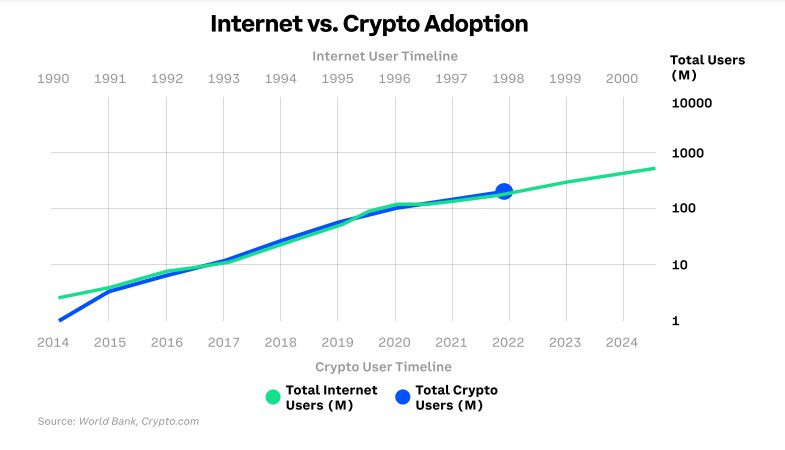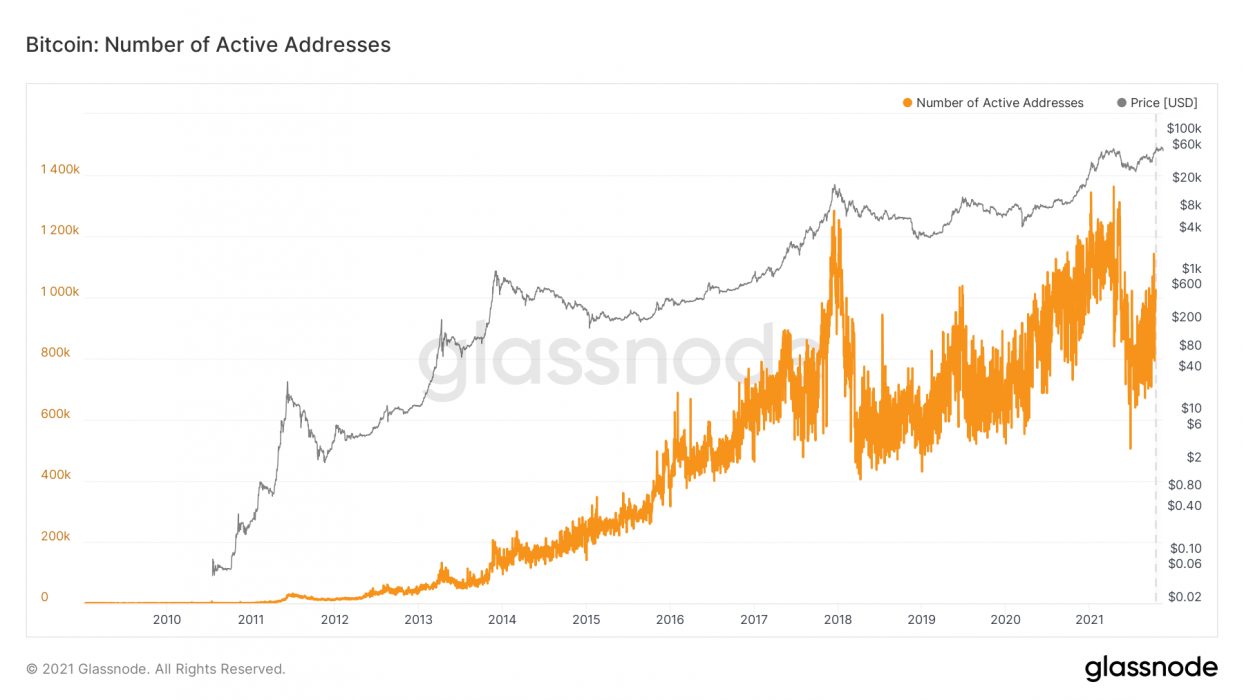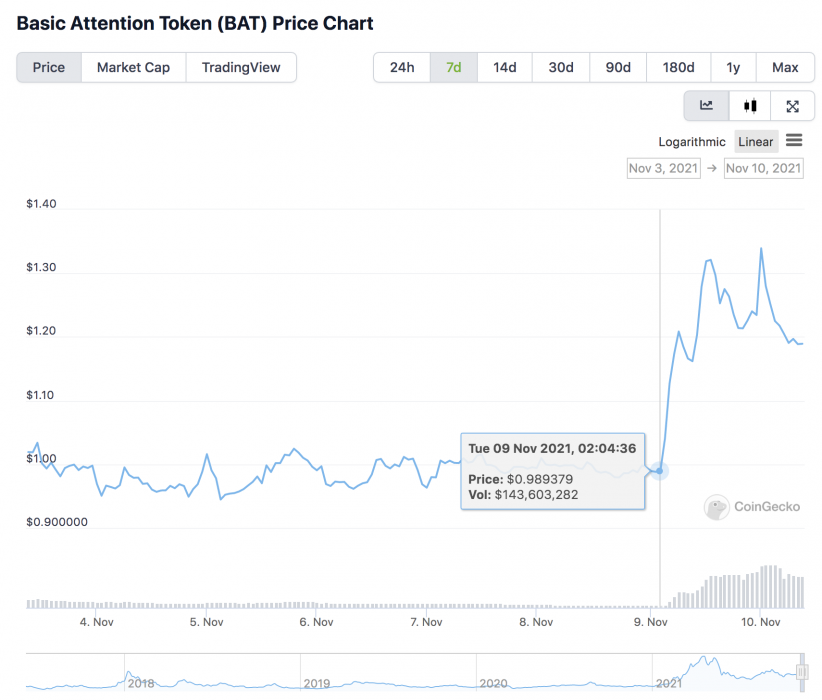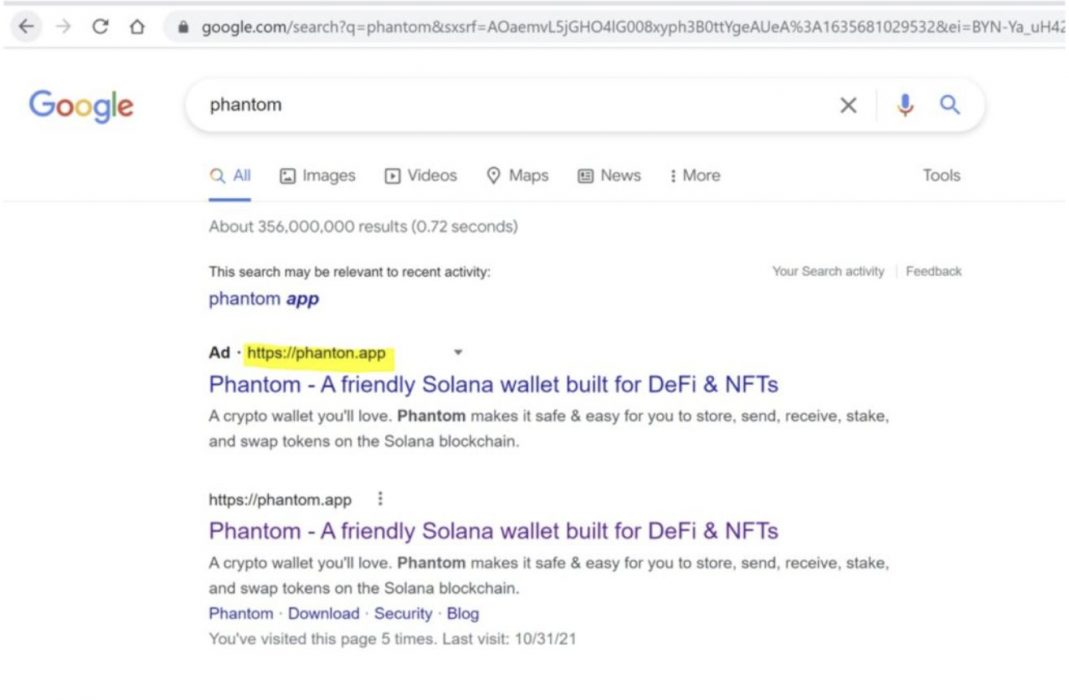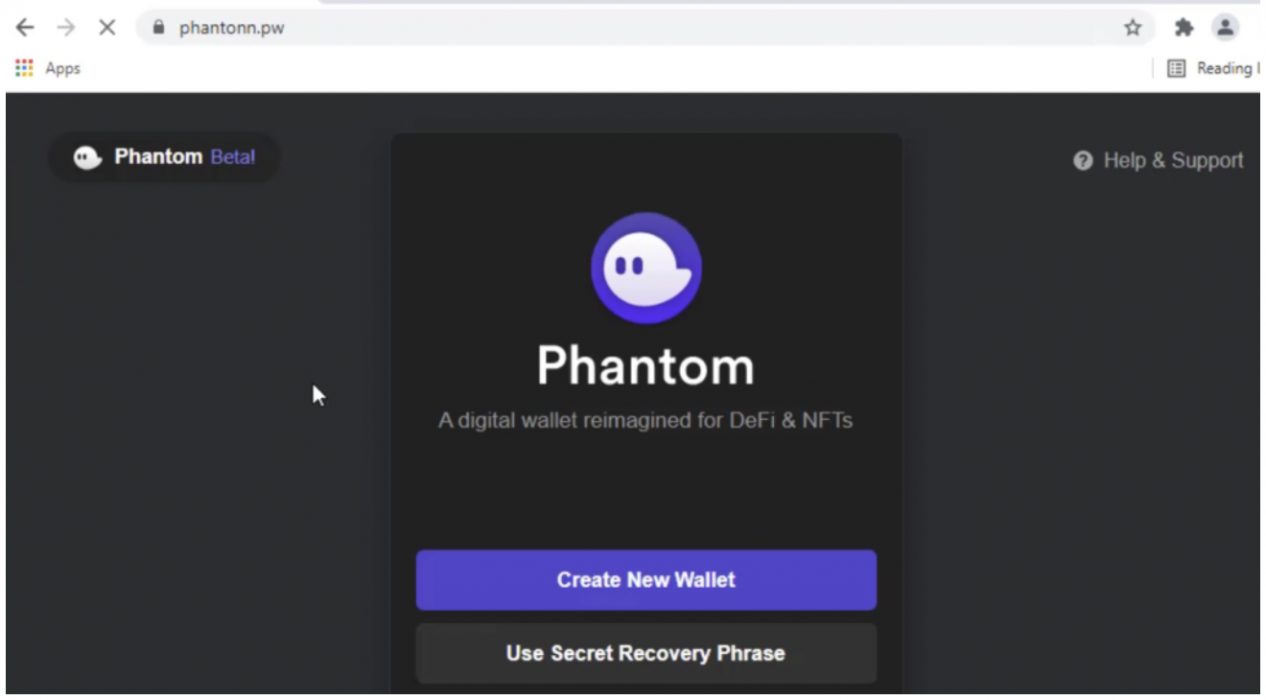US investment platform eToro has this week delisted Cardano and Tron from its trading pairs, citing regulatory issues. According to an official announcement from eToro, US users will no longer be able to open new positions or receive staking rewards for Cardano (ADA) and Tron (TRX) due to regulatory issues.
Regulatory Uncertainty Affects Exchanges
The investment platform only cited “business-related considerations in the evolving regulatory environment” as the reason for delisting the digital assets. The new update will take effect on December 26 and staking for the assets will end on December 31.
In recent months, regulators in the US and UK have placed more focus on exchanges as part of regulating the crypto sector. However, at the same time, eToro Australia has introduced crypto staking and 15 new digital assets.
Due to the lack of regulatory clarity, exchanges have different limiting factors for their own policies, so if a currency – ADA, for example – doesn’t meet some or other requirements, an exchange can delist it if it sees fit. In the current state of crypto, one can see liquidity come and go based on various countries and their rules regarding the asset class, and since crypto is a global product but regulations vary between countries, complications can arise.
What Will Happen to Assets on eToro?
According to eToro’s post, positions can be closed at any time – meaning users can still sell their ADA and TRX on eToro and receive USD, adding that it has no plans to force selling. Users will still be able to securely hold existing positions of Cardano and Tron. While staking rewards will no longer be offered to US users for either asset, the final reward payout will go to users on January 15, 2022.
We are only limiting users from opening new positions. We are not forcing users to sell any existing positions.
eToro announcement
eToro plans to roll out its Money crypto wallet in 2022, compatible with the assets so that users can move their holdings there if they don’t wish to sell now. The limiting of sales won’t happen for at least 30 days after offering support for redeeming ADA and TRX to the wallet, which will continue to support the assets even after US users can no longer sell their holdings for USD.


